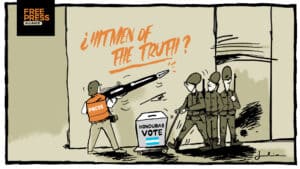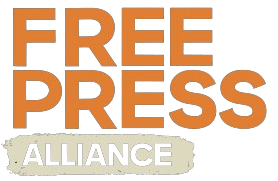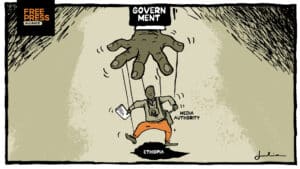
Elections in Honduras: A climate of intimidation and violations of press freedom
Hondurans went to the polls on Sunday in a presidential election overshadowed by allegations of fraud, political pressure, and a deteriorating environment for independent journalism. Preliminary results point to entrepreneur Nasry “Tito” Asfura as the winner, despite pre-election polls placing him in third position. The vote took an even sharper turn when U.S. President Donald Trump threatened to cut financial aid to Honduras if Asfura did not win, an unprecedented intervention less than 48 hours before the election day. But beyond political tensions or claims of external interference, the most alarming development has been the hostile and dangerous climate faced by the Honduran press in the weeks leading up to the vote. Escalating hostility toward the media In the run-up to the election, the Honduran Armed Forces’ high command issued a series of aggressive and deeply concerning public statements targeting journalists and media outlets. Military leaders accused reporters of conducting“


